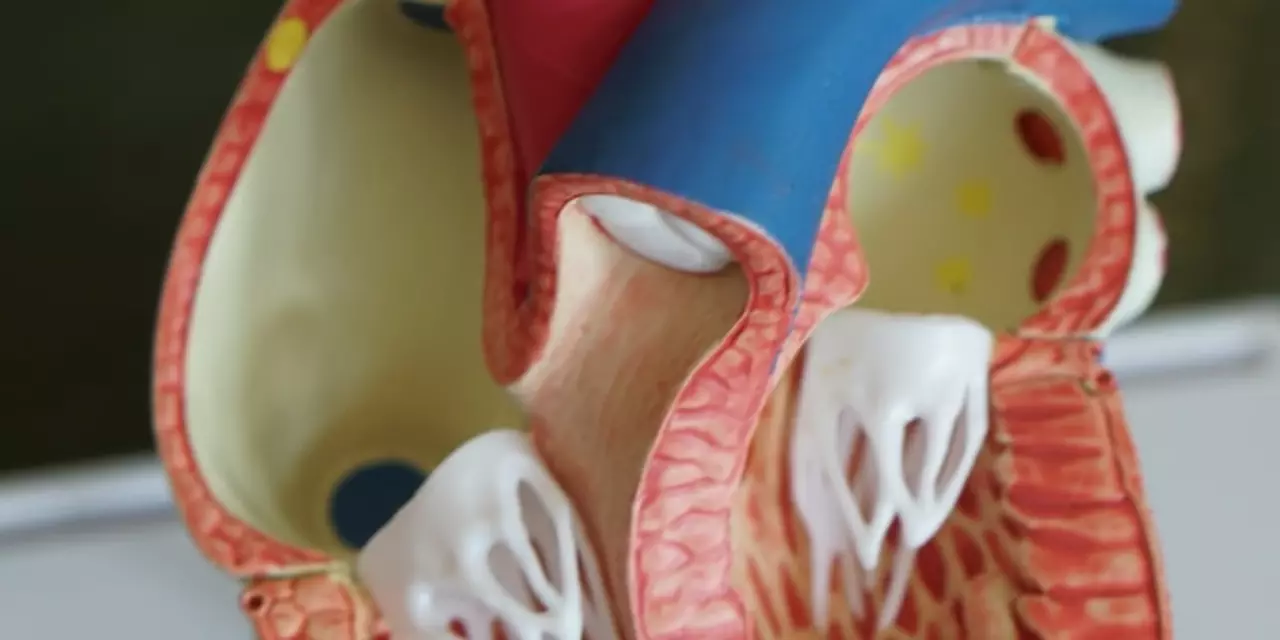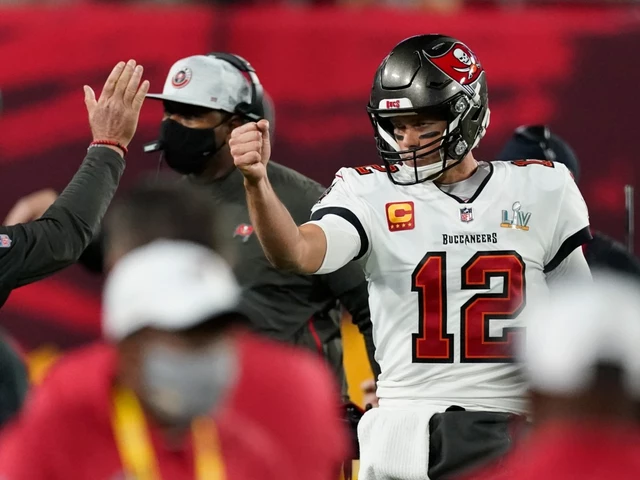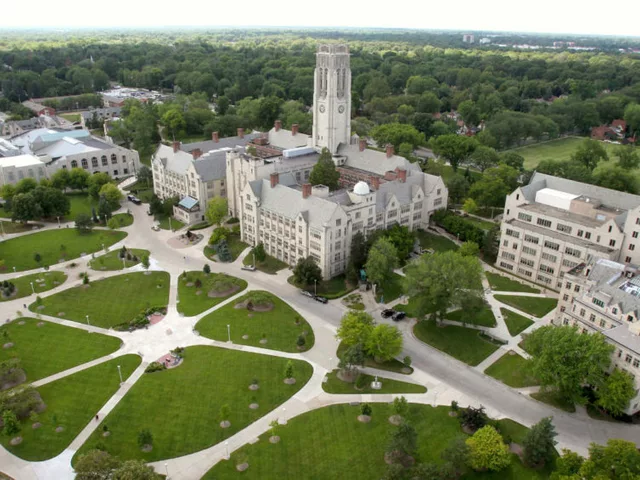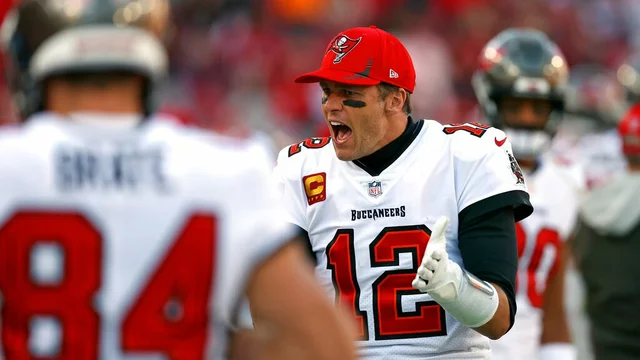Cardiac Arrest in Sports: What You Should Know
Seeing a player collapse on the field can feel like a scene from a movie, but the reality is gritty and urgent. Cardiac arrest isn’t the same as a heart attack, and in sports it can strike without warning. Knowing the signs and how to act can be the difference between life and death for an athlete or even a fan.
Spot the Warning Signs
When a cardiac arrest happens, the person’s heart stops pumping blood effectively. You’ll notice sudden loss of consciousness, no pulse, and absent breathing. The skin may turn pale or bluish. It’s a split‑second event, so the key is to act before the person regains consciousness on their own.
Immediate Steps: CPR and Defibrillation
First, call emergency services. While waiting, start chest compressions – push hard and fast, about 100 to 120 compressions per minute, like the beat of the song "Stayin' Alive." If an automated external defibrillator (AED) is nearby, turn it on and follow the voice prompts. Defibrillation can reset the heart’s rhythm and give a chance for normal circulation.
Most professional sports venues now have AEDs on standby, but smaller clubs and schools often don’t. If you’re a coach, trainer, or parent, make sure the equipment is accessible and that someone on the team knows how to use it. A quick refresher course on CPR costs little and can save a life.
Beyond the emergency, prevention matters. Athletes with a family history of heart problems should get a proper medical screening, which can include an electrocardiogram (ECG) and an echocardiogram. These tests catch hidden conditions like hypertrophic cardiomyopathy that raise the risk of sudden cardiac events.
Stay hydrated, warm up properly, and avoid overexertion, especially in extreme heat. Many cardiac incidents occur when the heart is under too much strain or when electrolyte levels dip. Simple steps like a balanced diet, regular check‑ups, and listening to your body can lower the odds.
If you’re a fan at a stadium, you can still play a role. Keep an eye on the field and your surroundings. If someone collapses, don’t assume help is already coming – shout for assistance, locate the nearest AED, and begin CPR if you’re able. Your quick reaction can buy precious minutes for medical responders.
In short, cardiac arrest in sports is rare but deadly when it happens. Recognizing the signs, performing CPR, and using an AED are the three pillars of a life‑saving response. Pair that with solid preventive measures, and you create a safer environment for everyone who loves the game.





